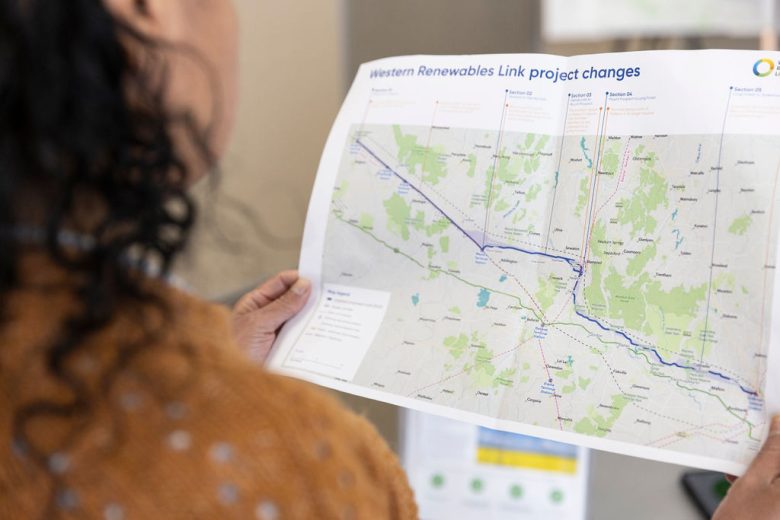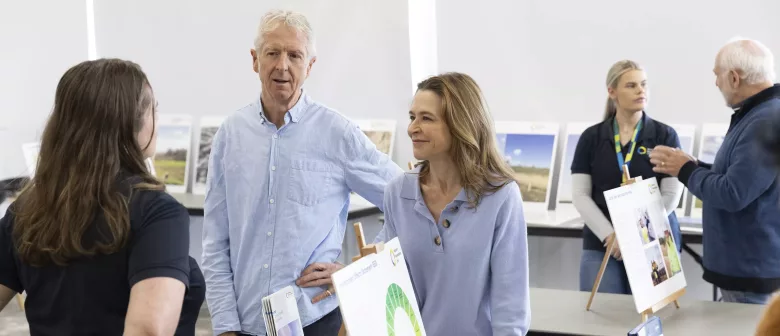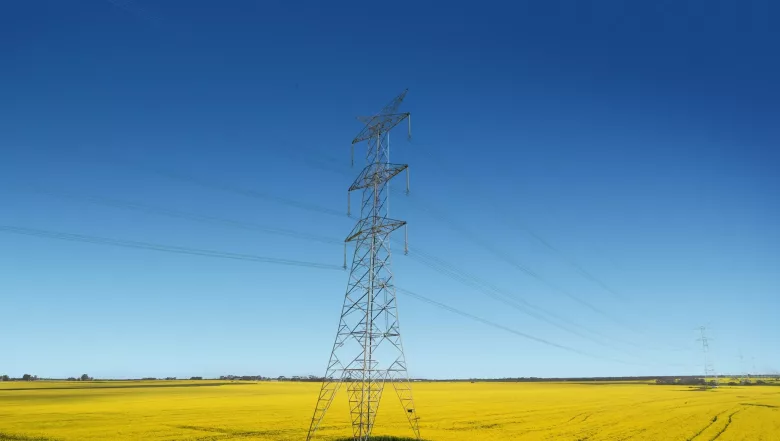FAQs
Search Results
General
How do you define a “significant view”?
Significant landscapes and views have been identified through a range of sources including those recognised in planning schemes through Significant Landscape Overlays, those identified by landscape studies such as the South West Victoria Landscape Assessment Study (SWVLAS) as state or regionally significant, community consultation and social pinpoint data, key public viewing locations, and those identified by previous projects (such as wind farms) in this area.
Landscapes that exhibit special or unique features are typically found within a Significant Landscape Overlay (SLO), Environmental Significance Overlay (ESO) or Vegetation Protection Overlay (VPO), which include guidance on how these areas might be protected from inappropriate development. Some significant landscapes such as those embodying intangible cultural heritage values may not currently be formally recognised within planning controls, heritage registers, or planning precedents. We are working closely with the Registered Aboriginal Parties to understand these values and how to best protect them.
In undertaking the landscape character and sensitivity assessments, a broad range of relevant features have been considered including land use, topography, vegetation, lakes and waterways, conservation parks and reserves, and townships.
Key public viewing locations identified include:
- Major roads: Western Freeway, Midland Highway, Sunraysia Highway and connecting roads between townships and settlements.
- Public areas within townships, particularly areas within the road network, local parks and other points of interest.
- Public parks and recreation areas, including state-managed parks and reserves, reservoirs, waterways, forests, trails and other landscapes that are publicly accessible.
- Identified significant landscapes and significant views, as identified by the SWVLAS and overlays recognising scenic amenity.
- Residential areas.



